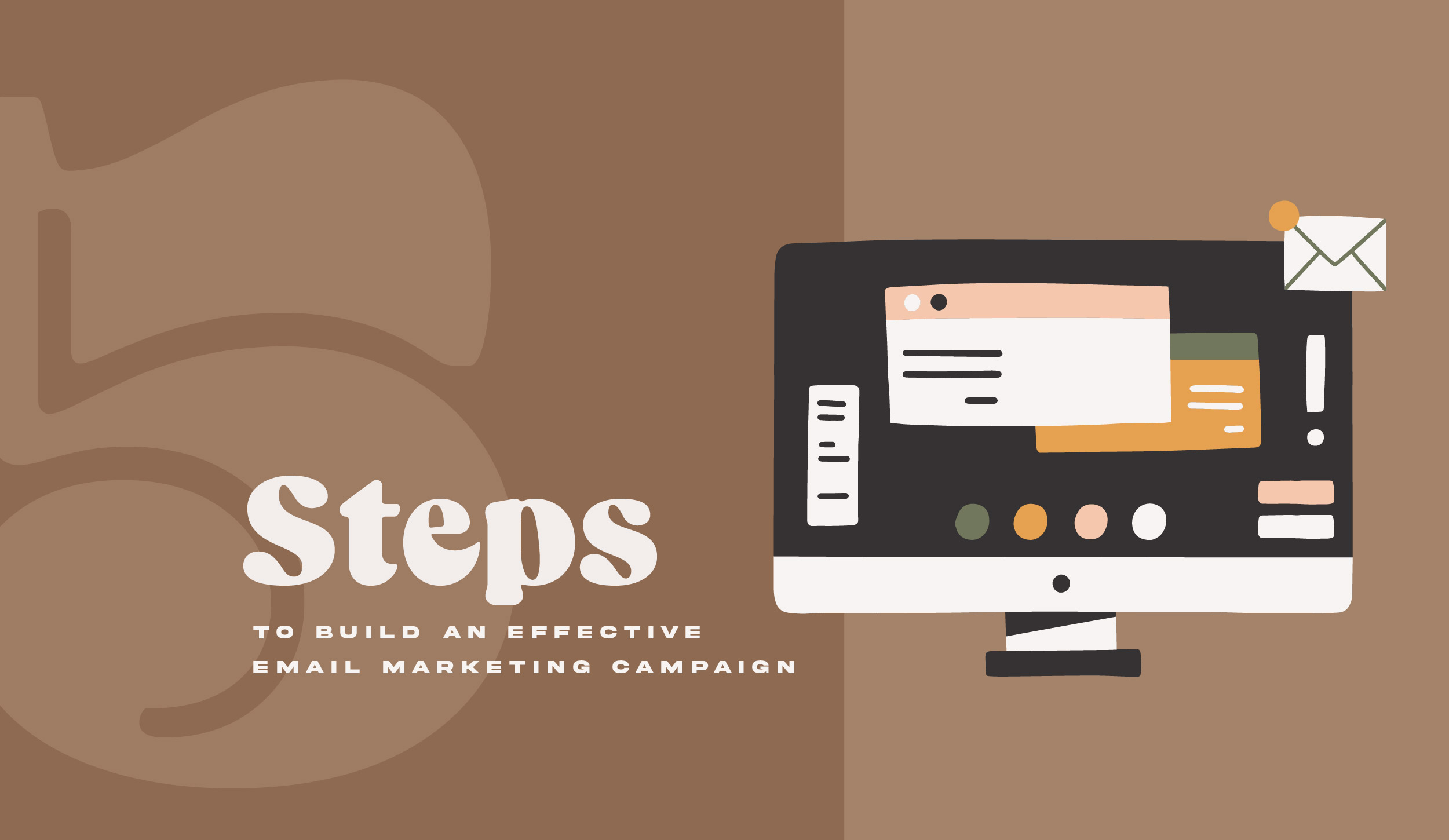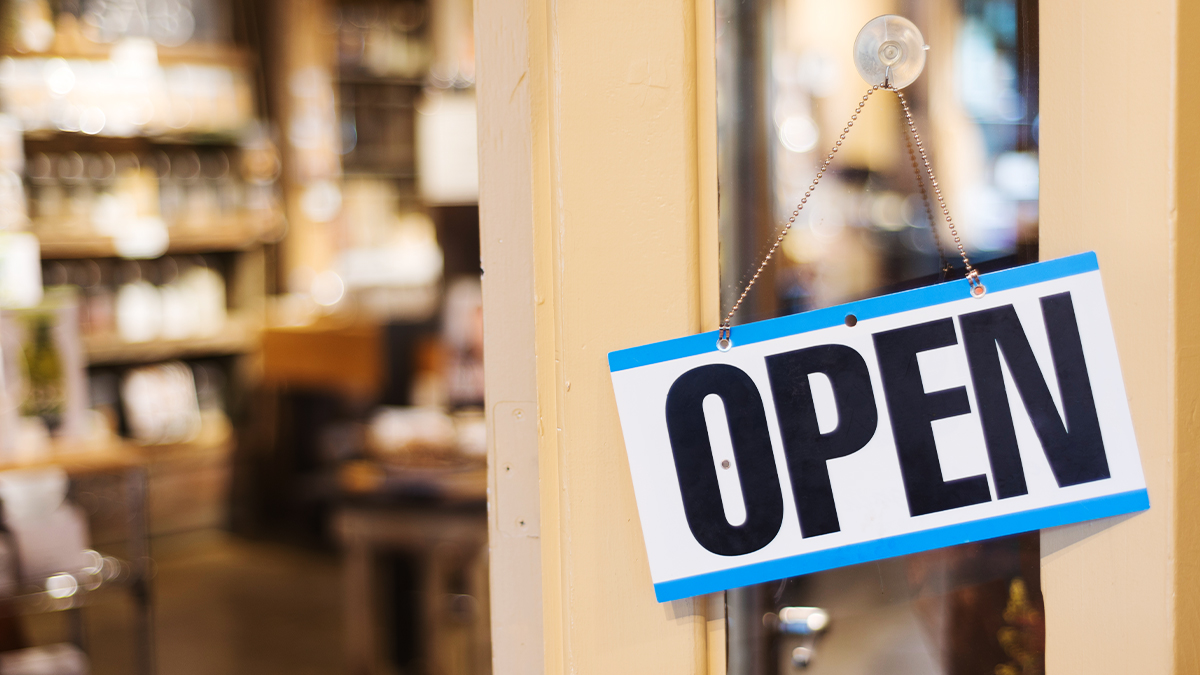When you hear the terms “marketing plan” and “marketing budget,” you might immediately think of a large corporation or franchise business. The reality is that every company – even and especially a small business – can have a marketing plan and budget.
The good news is that putting together a marketing strategy doesn’t need to break the bank. There are tons of free or low-cost marketing strategies that can be effective in boosting your small business customer base and helping to increase sales.
Here’s our roundup of the top seven low-cost marketing strategies for your small business and how to make them work. Additionally, if you’re interested in understanding more about consumer perceptions and market positioning, delve into our article on “what is perceptual mapping”.
Put together a simple marketing plan
The first step for any small business exploring new marketing strategies is to put together a plan. It might sound like a big lift, but it doesn’t have to be intimidating. Learn what to include in your marketing plan with this easy guide from the Small Business Administration (SBA).What’s the goal? Estimate the breakdown of your current customers. Also, do some market research on your target market, your target audience and how much you’re spending on different marketing strategies. Leave a space to record your returns and use it as a placeholder to keep track of which marketing initiatives work, which don’t and what else you want to try.
reate a marketing budget
Part of your marketing plan will be a marketing budget. But how much should you budget for your small business’s marketing efforts?“If you think of marketing spending as eating into your profits, you’re thinking the wrong way. Marketing isn’t an expense – it’s an investment, one that drives your sales,” writes the SBA.There’s no set rule for how much money you should allocate to your marketing budget, though many businesses use a percentage of revenues or projected revenues to help them determine a starting number. Naturally, this percentage varies by business type and industry.The average business spends 1.08% of its revenues on advertising, according to a Small Business Trends report. Retailers tend to spend more like 4%, and restaurants more like 1.93%.3 Use these trends as a rough guide for your own business and try them out to see what works for you.
Contact your local SBA branch for assistance
The SBA has smaller branches dedicated to providing resources for local small businesses. Not only do they offer financial help for business owners who qualify, but they also offer mentoring, coaching and consulting.Head to the SBA’s Local Assistance page to get started and see what resources may be available to you. The best part? Many of these programs are free.


